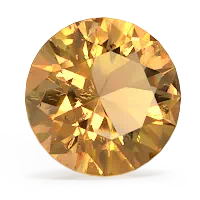


Opal symbolizes confidence, clarity, and calmness and is said to promote faith in oneself and hope for the future. Wear an opal pendant to capture these qualities. The gem in a citrine pendant is considered a harmonious, optimistic, and cheerful stone with the ability to brighten up our hearts darkest places Tanzanite is the gem of fortune and luck. A tanzanite pendant is said to ease stress and free one from bad habits.